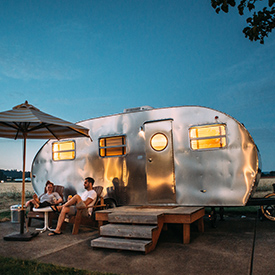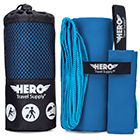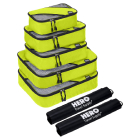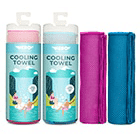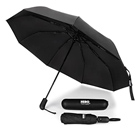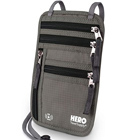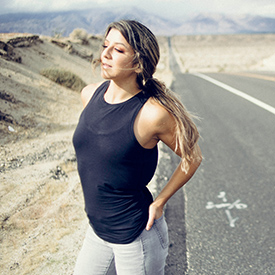Spring – March, April, May
Springtime usually means sunshine, scattered rain showers, and blooming flowers. When packing for springtime, it’s all about layers. While the sun may be out there could always be a chance of rain. Look at your destination ahead of time to gauge what’s best to wear. If visiting the southwest, the weather will likely be a lot drier than if you’re visiting the midwest.
To be best prepared pack hiking gear, sweaters, t-shirts, a light rain coat, shorts, jeans, sneakers, and sandals. The later into the spring, the warmer it will be no matter where you visit.
Summer – June, July, August
No matter where you’re planning on visiting during the summer months, you’re likely going to be met with a whole lot of sunshine. This means you can trade out the jeans and layering jackets for swimsuits, shorts, tank tops, dresses, and flip-flops.
The best part about packing for summer is that because the clothes are less bulky, you’ll have more room in your suitcase to pack a couple more outfit options. Whatever you do though, don’t forget sunglasses, sunscreen, aloe, and plenty of water.
Fall – September, October, November
Fall is a lot like spring in that the weather can vary drastically depending on where you’re going. On the west coast, fall can be quite warm, especially in places like California and Arizona. If this is the case, you’ll likely want to keep the shorts, t-shirts, and sandals packed. If you’re concerned about chilly night temps, bring along a hoodie and jeans. If you’re going somewhere where the leaves change color and the temperatures drop, you’ll want to break out that lightweight jacket again along with some boots.
Winter – December, January, February
Winter means bundling up! US temps can range anywhere from freezing to 70 degrees. Winter clothes do tend to be heavier and if you’re looking to save space in your rig, you’ll want to remember to pack items that can be mixed and matched so that you don’t overpack. Bring your heavy winter coat, sweaters, thermals, beanies, and boots.
Dressing appropriately for an activity – (Click to expand)
Hiking If you’re looking to spend most of your time in the mountains, a majority of your packing list should include activewear (hiking pants, mesh shirts, tank tops) and hiking boots. Be sure to break in your boots so you’re not spending your vacation with blisters. You’ll also definitely want to bring bug spray and sunscreen.
Fishing There’s nothing like spending your afternoon out on the water and catching fish. Especially if you’re looking to prepare the catch of the day for dinner in the evening. When fishing, you’ll want to wear waterproof pants, waterproof boots, a lightweight long sleeve that will help protect you from the sun and sun gloves. If you know you’re going to be out there for an extended period of time, be sure to wear sunscreen, sunglasses, and a hat.
The Beach Whether you’re going to be spending most of your time soaking up the sun on the beach or the lake, you’re going to want to be sure to protect yourself. Aside from a swimsuit, bring a sunhat that covers your face, sunglasses, and a high SPF that will prevent you from burning. If you have extra sensitive skin, a swimsuit cover up or a rash guard can offer additional protection.
Mountain biking If you’re looking for an adrenaline rush and you opt for mountain biking, you’ll want to make sure you are well equipped. Aside from the safety equipment such as a helmet and knee pads, wear shorts, long socks, a jersey shirt, and cycling shoes. If the weather is a bit moist, you might benefit from a waterproof jacket. And to ensure that you stay hydrated, bring along your camelbak backpack.




